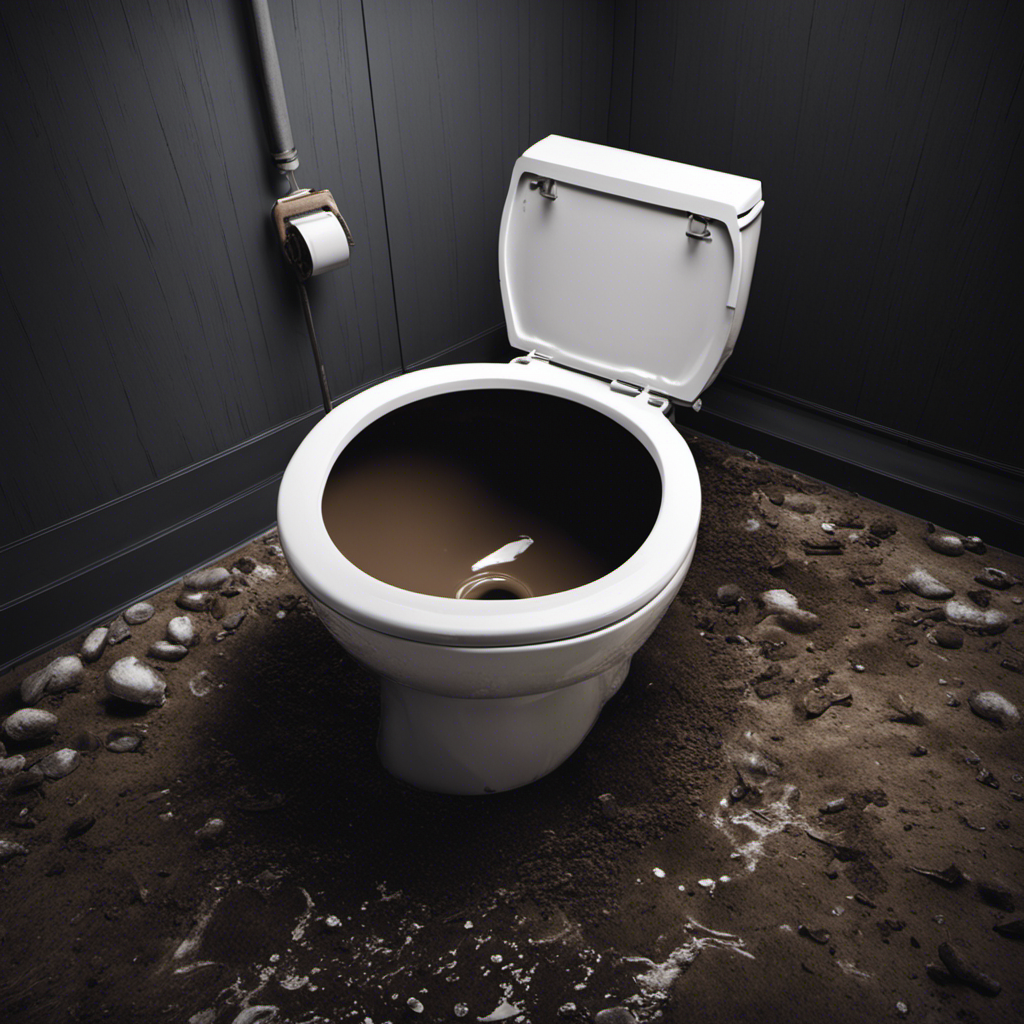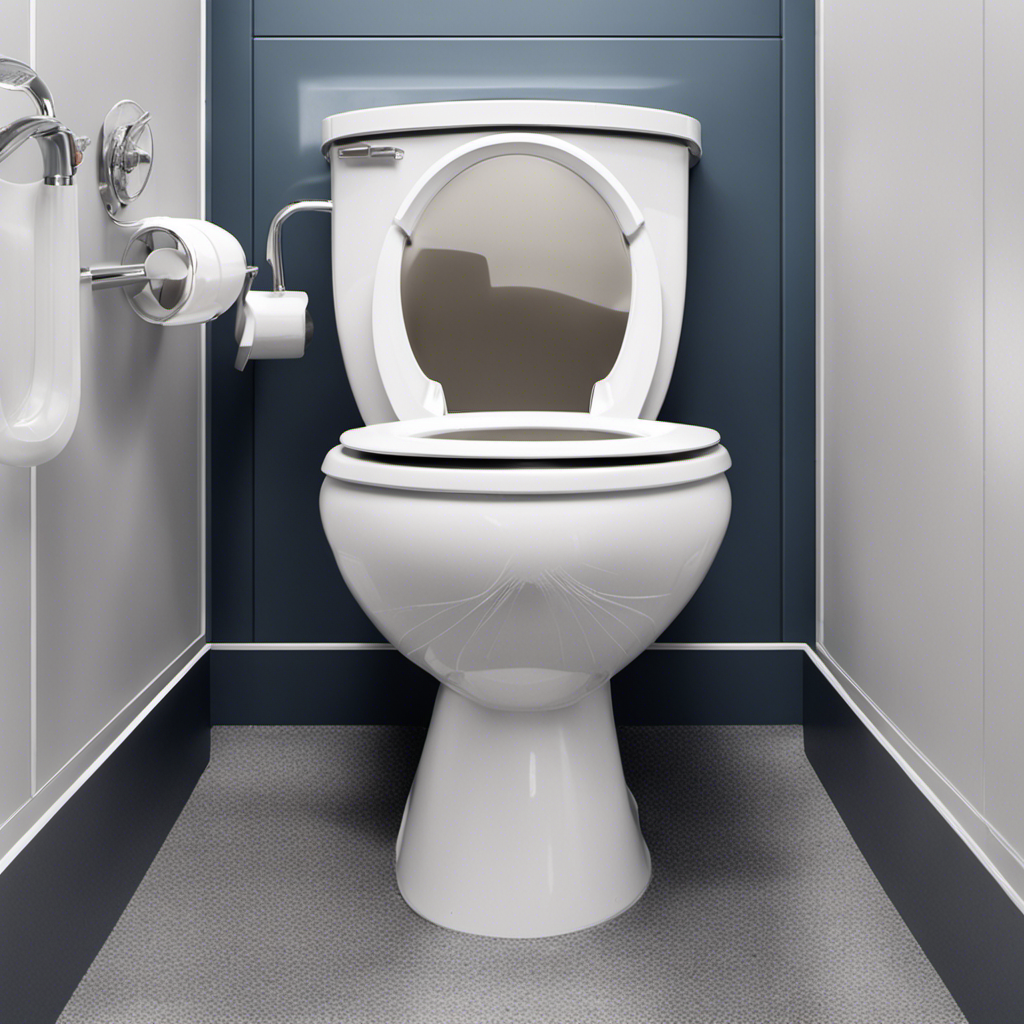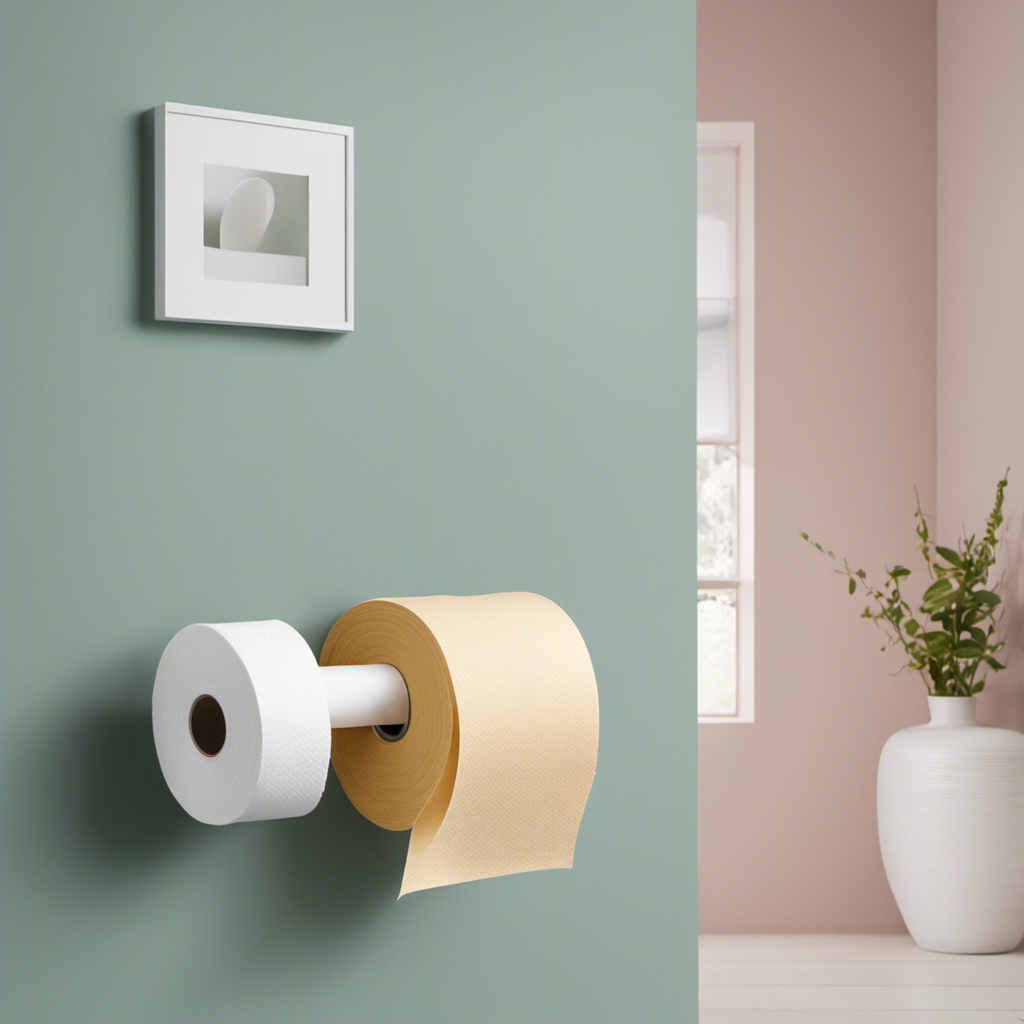I’ve got a real doozy of a problem that you might be able to help me with. You see, my toilet just won’t stop running, and it’s driving me up the wall!
But fear not, dear reader, for I have gathered some valuable knowledge and expert techniques that will help us tackle this issue head-on.
In this article, I will guide you through the steps on how to fix a running toilet.
So let’s roll up our sleeves and get to work, shall we?
Key Takeaways
- Check the flapper, float, fill valve, and flush valve for wear or malfunction as potential causes of a running toilet.
- Adjust the water level by adjusting the float ball or the screw on the fill valve to ensure proper flushing and water conservation.
- Repair or replace the flapper valve to fix continuous water leaks and improve toilet performance.
- Clean or replace the fill valve to address issues like water flow and weak flushes.
Identifying the Cause of the Problem
To determine why your toilet is running, you’ll need to check a few different components.
Common toilet problems that can cause a running toilet include a faulty flapper, an imbalanced float, or a worn-out fill valve.
Troubleshooting a running toilet starts with inspecting the flapper, which is the rubber seal that controls the water flow from the tank to the bowl. If the flapper is worn or doesn’t create a watertight seal, it can lead to continuous water flow.
Next, check the float, which is responsible for shutting off the water supply when the tank is full. Ensure that the float is properly adjusted and not obstructed.
Checking and Adjusting the Water Level
Make sure you check and adjust the water level in your toilet. The water level in the toilet tank should be set at the proper height to ensure proper flushing and prevent water waste.
To adjust the water level, you will need to locate the float ball, which is usually attached to the fill valve. The float ball controls the water level by rising and falling with the water level in the tank. If the water level is too low, you can adjust the float ball by bending the rod or adjusting the screw on the fill valve. If the water level is too high, you can lower it by adjusting the float ball downwards.
Troubleshooting the water level can help resolve issues such as a constantly running toilet or weak flushes.
To further diagnose and fix a running toilet, it is important to also check and repair the flapper valve.
Checking and Repairing the Flapper Valve
Checking and repairing the flapper valve is essential for resolving issues with a constantly running toilet or weak flushes. The flapper valve is a crucial component of the toilet’s flushing mechanism. It is responsible for sealing off the tank and allowing water to flow into the bowl during a flush.
If the flapper valve is damaged or worn out, it can cause water to continuously leak into the bowl, leading to a constantly running toilet. Troubleshooting common toilet issues often involves replacing the flapper valve.
To do this, first, turn off the water supply to the toilet. Then, remove the old flapper valve by detaching the chain and unscrewing any retaining bolts. Finally, install the new flapper valve and ensure it is properly aligned and sealed.
This simple repair can save you from wasting water and improve the overall performance of your toilet.
Cleaning or Replacing the Fill Valve
Cleaning or replacing the fill valve can help resolve issues with water flow and ensure proper flushing in your toilet. The fill valve is responsible for regulating the water level in the tank after each flush. Over time, mineral deposits and debris can accumulate, affecting its functionality.
To clean the fill valve, turn off the water supply to the toilet and flush to drain the tank. Remove the valve cap and clean the valve using a mixture of vinegar and water. If cleaning doesn’t solve the problem, you may need to replace the fill valve altogether.
When troubleshooting common toilet issues, such as a constantly running toilet or weak flush, repairing the float mechanism and cleaning or replacing the fill valve should be your first steps.
Adjusting or Replacing the Flush Valve
Adjusting or replacing the flush valve can help resolve issues with water flow and ensure proper flushing in your toilet. Here are some steps to follow for flush valve maintenance and troubleshooting toilet leaks:
-
Identify the problem: Determine if the flush valve is causing the issue by checking for leaks or incomplete flushing.
-
Adjust the flush valve: If the valve is not closing properly, adjust the chain or flapper to ensure a tight seal.
-
Replace the flush valve seal: If adjusting doesn’t fix the issue, the seal may be worn out or damaged. Replace it with a new one.
-
Consider replacing the flush valve assembly: If all else fails, replacing the entire flush valve assembly may be necessary to resolve persistent problems.
Conclusion
In conclusion, fixing a running toilet is a simple task that anyone can tackle. By identifying the cause of the problem and checking and adjusting the water level, flapper valve, fill valve, and flush valve, you can quickly resolve the issue.
Remember the wise old saying, ‘A stitch in time saves nine,’ and address the problem promptly to prevent further damage and water wastage.
With these steps, your toilet will be running smoothly in no time.










